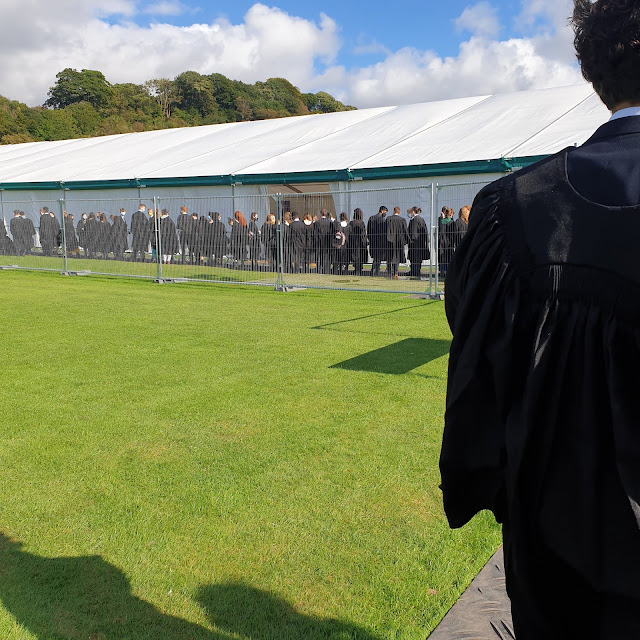It's been two weeks since we have started the term. Reading is very intensive with either books or journal articles to consume weekly. The figure is terrifying I try not to be precise. On top of that, we have short individual presentations. Some readings are very palatable while others require more efforts. Most of my waking hours are devoted to reading or exploring nearby amenities. That said, the small group seminars are definitely helpful when we all come together to discuss what we have read with the tutor as the facilitator.
A few distinctive features of Durham Uni are classes can be scattered throughout the town depending on the modules we are taking. So even though my programme is under the Modern Languages and Cultures department, I have had classes in the Philosophy building or the History building. The buildings look so well integrated with others that to the public eye, you wouldn't be able to tell which is the police station or the teaching block. Another feature is all the seminar rooms are equipped with Owl Labs, 360 camera and sound system. The lecturers have to be trained to use the technology and I thought it must be hard to accommodate hybrid learning. But the sound projected by a distanced learner is terrific.
This week, most of our time was spent discussing Baxandall's Painting and Experience in 15th century Italy. It's amazing how the publication in 1972 is still so relevant now. There are a lot of examples about Painting in the book and lots to see and understand just by looking.














































